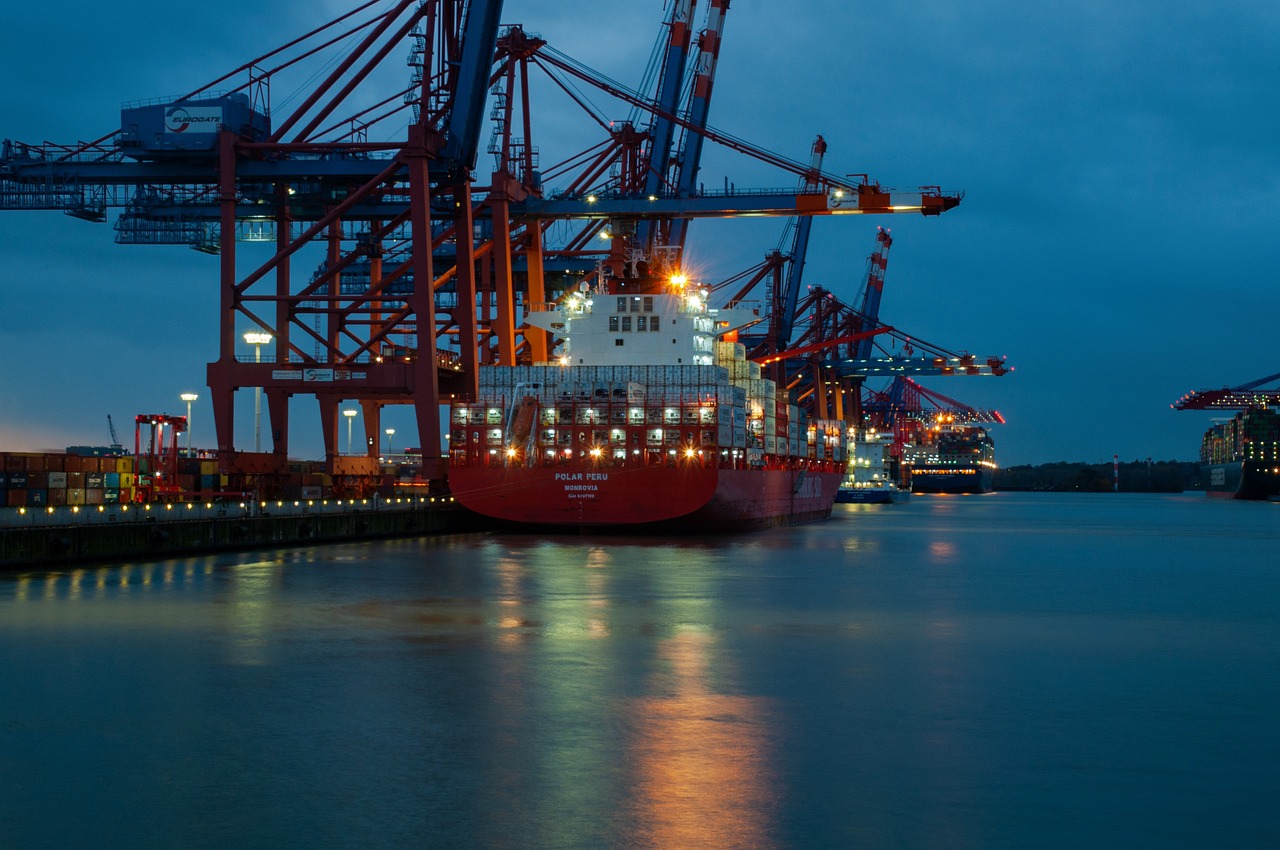
Agency export,Must the agent companys account be used for payments?
According to 2025s latest foreign exchange regulations, export agency businesses can adoptDual-track payment model:
- Standard model: Payments directly enter the agent companys foreign exchange account
- Filing model (must meet these conditions):
- SMEs with annual export volume below $5 million
- Provide complete trade authenticity documentation
- Agent company has PBOC cross-border payment qualifications
A Ningbo lighting factory in 2024 adopted a filing model to directly receive payments from EU clients through its Hong Kong offshore account, saving 1.2% in currency exchange costs.
How long after foreign exchange arrival can RMB settlement occur?
After the implementation of new foreign exchange management policies in 2025, foreign exchange settlement timeliness showspolarizationFeatures:
- Conventional agency accounts: T+1 business days for settlement (requires electronic verification of customs declaration documents)
- Third-party payment channels: Real-time settlement (single transaction limit of $50,000)
- Special Trade Methods:
- Cross-border e-commerce: Can apply for advance settlement (requires freezing 20% margin)
- Processing trade: Requires completion of verification procedures before settlement
What are the actual arrival costs for different payment channels?
2025 mainstream payment channel cost comparison (using $100,000 as example):
- Traditional bank TT: Arrival cost approximately 0.25% (including intermediary bank fees)
- Transboundary PaymentsPlatforms: Comprehensive fee rate 0.6%-1.2%
- Offshore account internal transfers: Fixed fee of $15-50 per transaction
- Letter of credit settlement: Annualized cost 2.8%-4.5% (including financing fees)
Note: A Shenzhen electronics companys 2024 test showed that receiving payments through DBS Bank Singapores eDDA system was 18 hours faster than traditional SWIFT transfers.
How to prevent financial risks in agency payment collection?
It is recommended to executeTriple Risk Prevention and Control Mechanism:
- Account monitoring
- Require agency companies to provide real-time account query access
- Set single transaction amount alerts (recommended not exceeding 15% of contract value)
- Document control
- Written explanation required for customs declaration amount deviations exceeding ±5% of received payment
- Maintain complete electronic archives of trade documents (retention period no less than 5 years)
- Legal safeguards
- Sign the Special Supervision Agreement for Foreign Exchange Funds
- Require agency companies to purchase professional liability insurance (coverage not lower than annual average collection amount)
How do special trade methods affect payment processes?
In 2025, special attention should be paid to payment requirements for two new trade models:
- Market procurement trade (1039 model)
- Must receive payments through the networked information platform
- Single customs declaration amount limit increased to $150,000
- Cross-border e-commerce overseas warehouses (9810 model)
- Allows batch payments (requires providing warehousing logistics proof)
- Maximum 180-day extension for settlement allowed
A Hangzhou apparel company using the 1039 model achieved 15 small daily payments in 2024, improving capital turnover efficiency by 40%.
Whats the relationship between tax treatment and payment methods?
Significant tax treatment differences among payment channels:
- Agency account payments: Must match customs declarations for tax refund processing
- Third-party payment receipts: Declare based on settlement lists provided by payment institutions
- Offshore account receipts: Must complete overseas income tax filing
Key 2025 tax authority monitoring indicators include:
- Payment-customs declaration amount deviation (alert threshold ±8%)
- Time gap between payment receipt and export date (generally not exceeding 180 days)
- Cross-border RMB settlement proportion (recommended to maintain above 30%)


 Follow Customer Service WeChat
Follow Customer Service WeChat